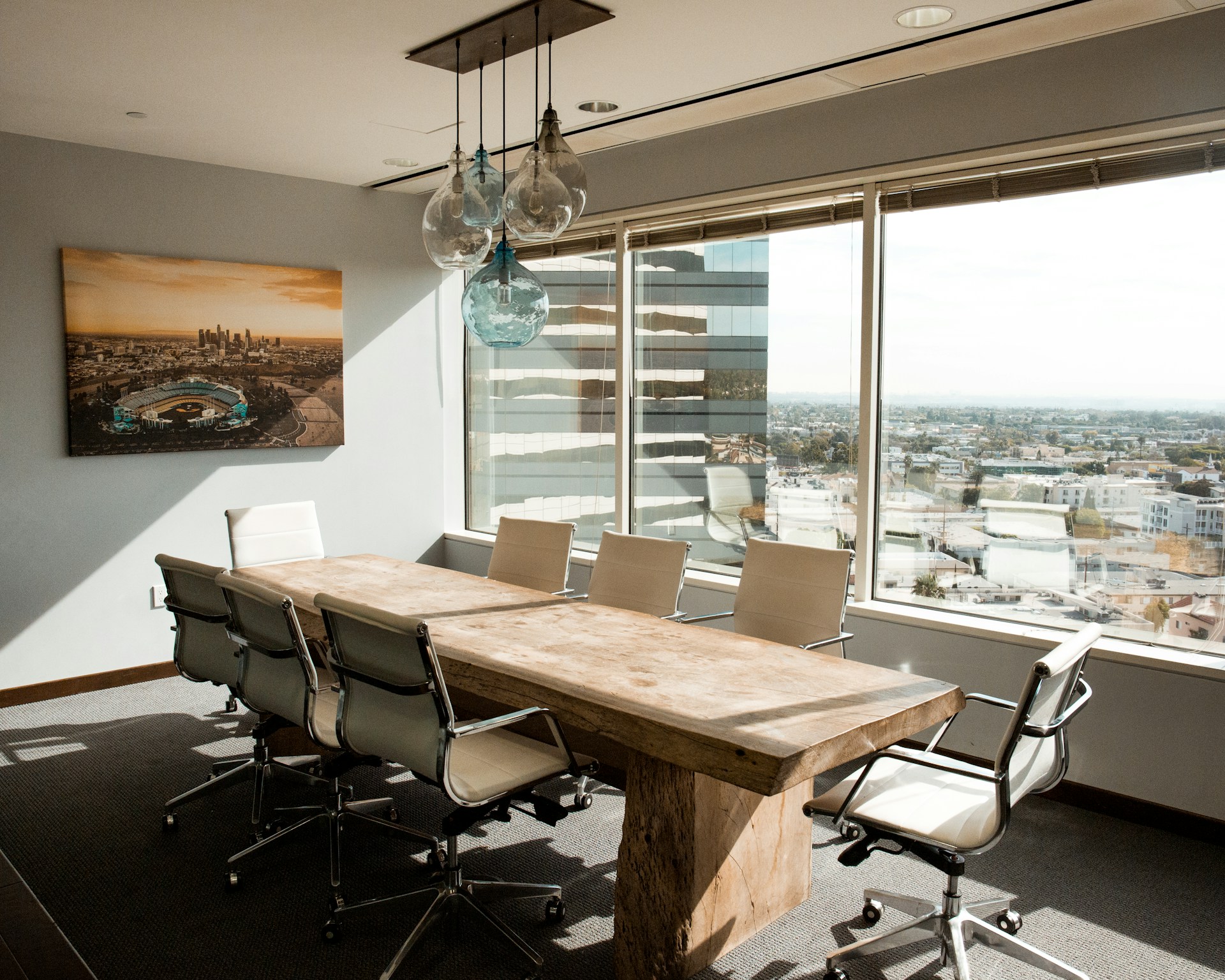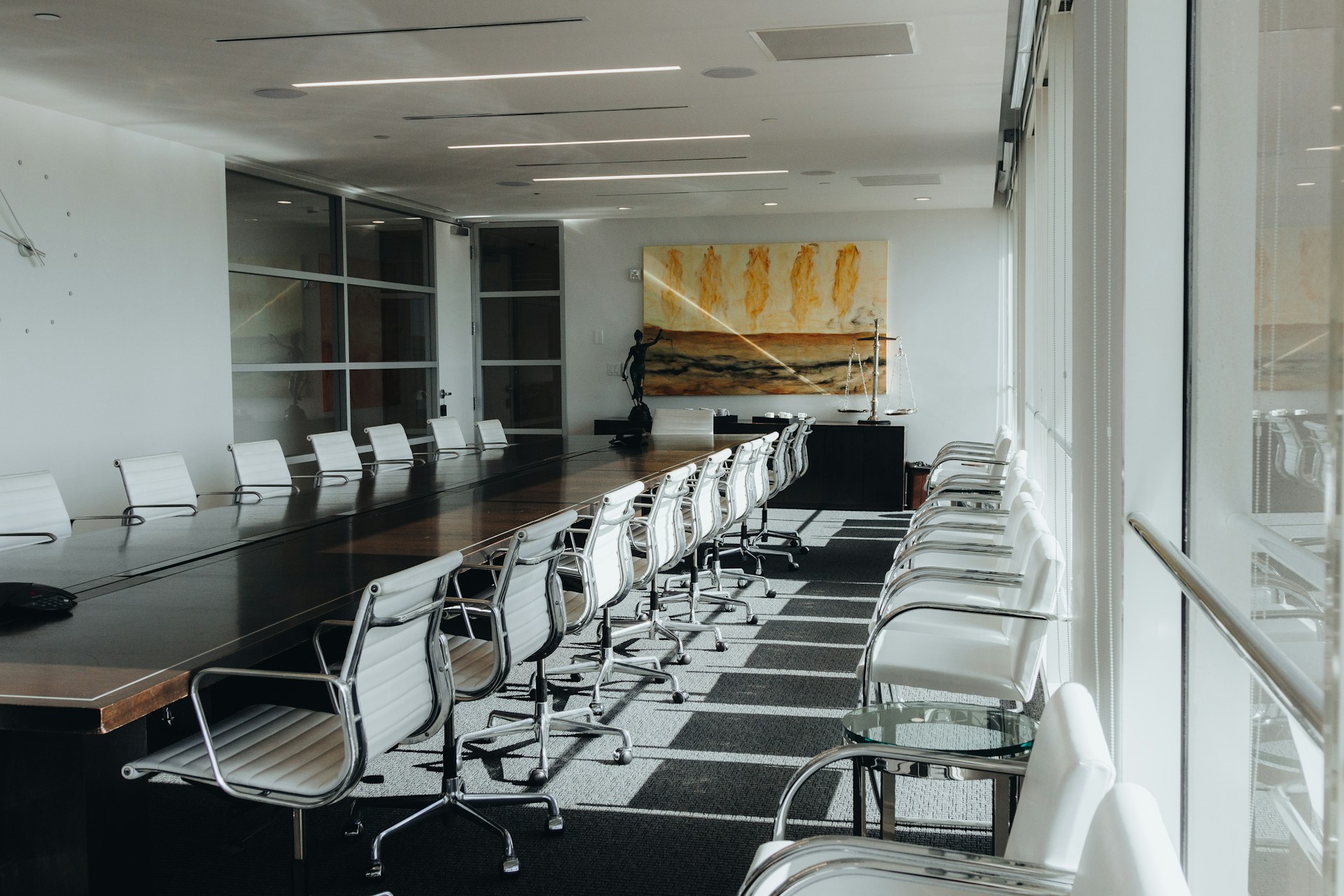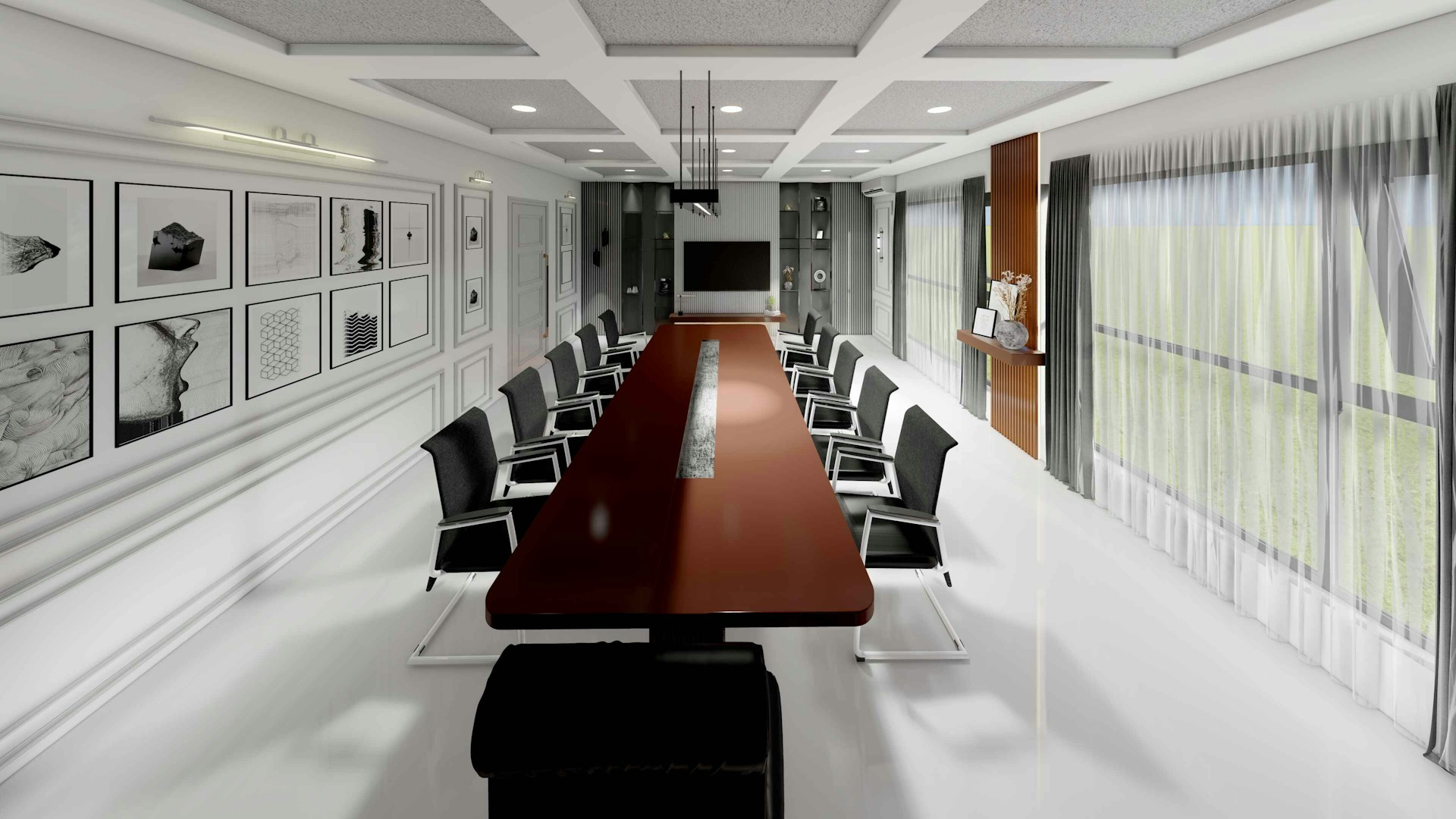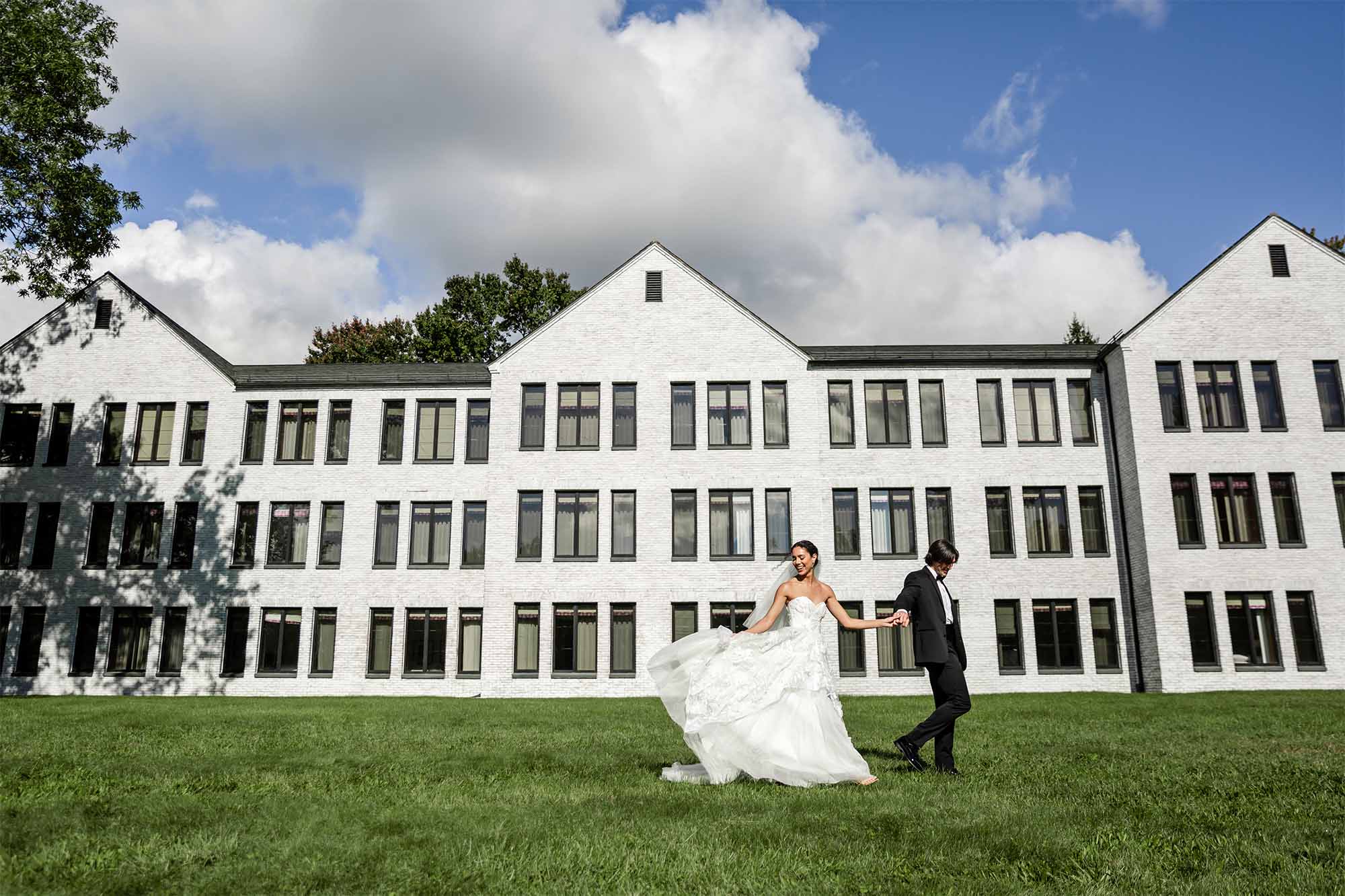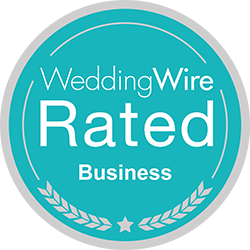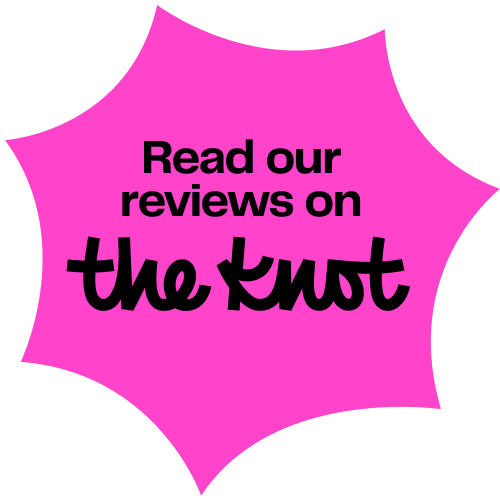Creating a functional meeting space can greatly influence how productive and comfortable everyone feels. Imagine you’re attending a meeting in a cramped, poorly lit room. It’s tough to focus, right? On the other hand, a bright, well-organized space with flexible seating and state-of-the-art technology can make meetings not just bearable, but engaging and effective. When designing a meeting space, several elements come into play, such as layout, lighting, and technology, which all contribute to creating an environment that fosters collaboration and creativity.
Functional meeting spaces are not just about aesthetics; they serve a bigger purpose. They have the ability to transform the way people interact and share ideas. For instance, some companies have shifted away from traditional boardroom setups to create more dynamic and adaptable environments. This change often leads to more effective communication and innovation. When planning such a space, it’s helpful to think about how to make everyone feel comfortable and included, while also ensuring that the space supports the goals of the meeting.
Understanding Functional Meeting Spaces
Functional meeting spaces are designed with the needs of their users in mind. These spaces should encourage collaboration, boost creativity, and make everyone feel heard. Instead of being restricted by a rigid structure, a functional meeting room offers flexibility and versatility, ensuring that it can adapt to the requirements of various types of gatherings.
Some key characteristics define a functional meeting space:
- Adaptive Layout: The ability to reconfigure seating arrangements to suit different types of meetings is critical. Spaces that allow for easy movement, like mobile chairs and collapsible tables, enhance adaptability.
- Bright and Inviting Atmosphere: Good lighting is essential. Natural lighting is preferred because it boosts mood and focus. Additionally, adjustable lighting systems can help set the right tone for various meetings, whether it’s a serious discussion or a creative brainstorming session.
- Essential Technology: Equipping the space with modern tools such as projectors, smartboards, and video conferencing equipment can make it suitable for both local and remote attendees.
Meeting spaces come in all shapes and sizes, from intimate huddle rooms to large conference halls. Huddle rooms provide a cozy setting for small team meetings, whereas larger spaces are designed to host workshops or conferences. The design of these spaces often reflects the nature of the business for which they’re used. A creative company might opt for a more open and relaxed setting, while a law firm may prefer classic and formal layouts. Regardless of the style, the ultimate goal is to facilitate effective communication and collaboration.
Key Design Elements for Functional Meeting Spaces
Designing a meeting space that promotes productivity and engagement often hinges on specific elements. One of the most significant considerations is flexibility in furniture arrangements. Imagine having chairs and tables that can be easily reconfigured to accommodate different types of meetings, from small group discussions to larger presentations. This adaptability allows the space to be tailored to various needs and activities, enhancing participant involvement.
Lighting and ventilation play another vital role. Natural light can elevate mood and focus, making it a preferred choice for many meeting spaces. Meanwhile, having options for adjustable artificial lighting ensures that the room is suitable for both formal and casual gatherings. Ventilation shouldn’t be overlooked either. A space that’s well-ventilated feels fresher, which can be refreshing during long meetings.
Incorporating technology is more than just a convenience—it’s a necessity. Equipment like smartboards and video conferencing tools ensures seamless communication and collaboration, especially when participants are not physically present. To add another layer of functionality, think about acoustics. By minimizing external noises and managing sound within the room, it’s easier for everyone to hear and be heard, fostering better conversations.
Finally, creating an accessible and inclusive environment is crucial. Ensure that the space caters to various needs by considering features like ramps, signs that support multiple languages, and hearing assistance systems. This inclusivity ensures that everyone can participate fully.
Decorating Tips to Enhance Meeting Spaces
The right decor can turn a basic meeting room into a stimulating environment. Color schemes are a powerful tool in this transformation. Soft blues and greens can encourage calmness and focus, while bright colors like yellows and oranges might boost creativity. Deciding on colors that match the purpose of the meetings held can make a noticeable difference.
Plants and natural elements also have a role to play. Introducing greenery can reduce stress and create a lively, welcoming atmosphere. This small touch brings a bit of the outdoors inside, helping to keep energy levels up.
Motivational artwork or displaying the company’s mission and values can also make meeting spaces more engaging. These decor items remind participants of shared goals and can be a point of inspiration during longer sessions. Whether through an impactful quote or a large visual display, these elements can subtly encourage a positive mindset.
Conclusion
Designing a meeting space involves more than choosing the right furniture and decor. It’s about creating an environment where people feel comfortable, inspired, and ready to collaborate. By focusing on key design elements like adaptable layouts, adequate lighting, and modern technology, you can ensure that the space supports your meeting goals.
Consider these design tips when planning your next meeting space, keeping in mind both the functional and decorative aspects. A well-thought-out space doesn’t just make meetings more enjoyable, but it can also make them more productive. Whatever the specific needs of your meetings, these ideas can be adapted and scaled to fit various types of spaces.
For those seeking an ideal venue that embodies these principles, LaKota Oaks has everything you need. Explore their diverse options for meeting spaces and see how well they can accommodate your specific requirements. Whether it’s a cozy team huddle or a large-scale conference, you’ll find a perfect match for your vision.


